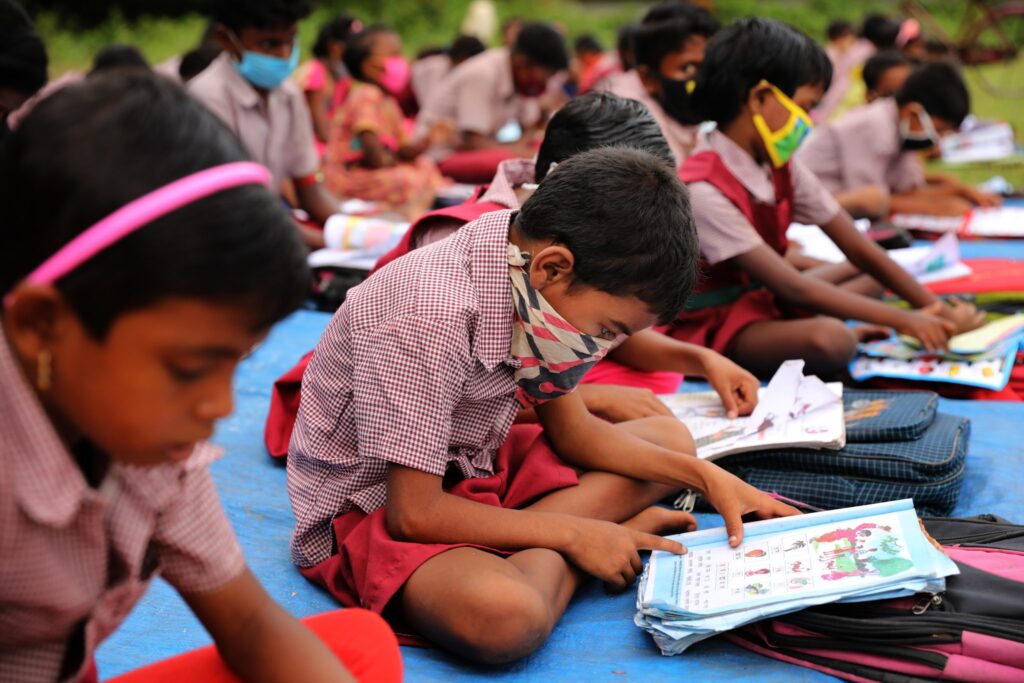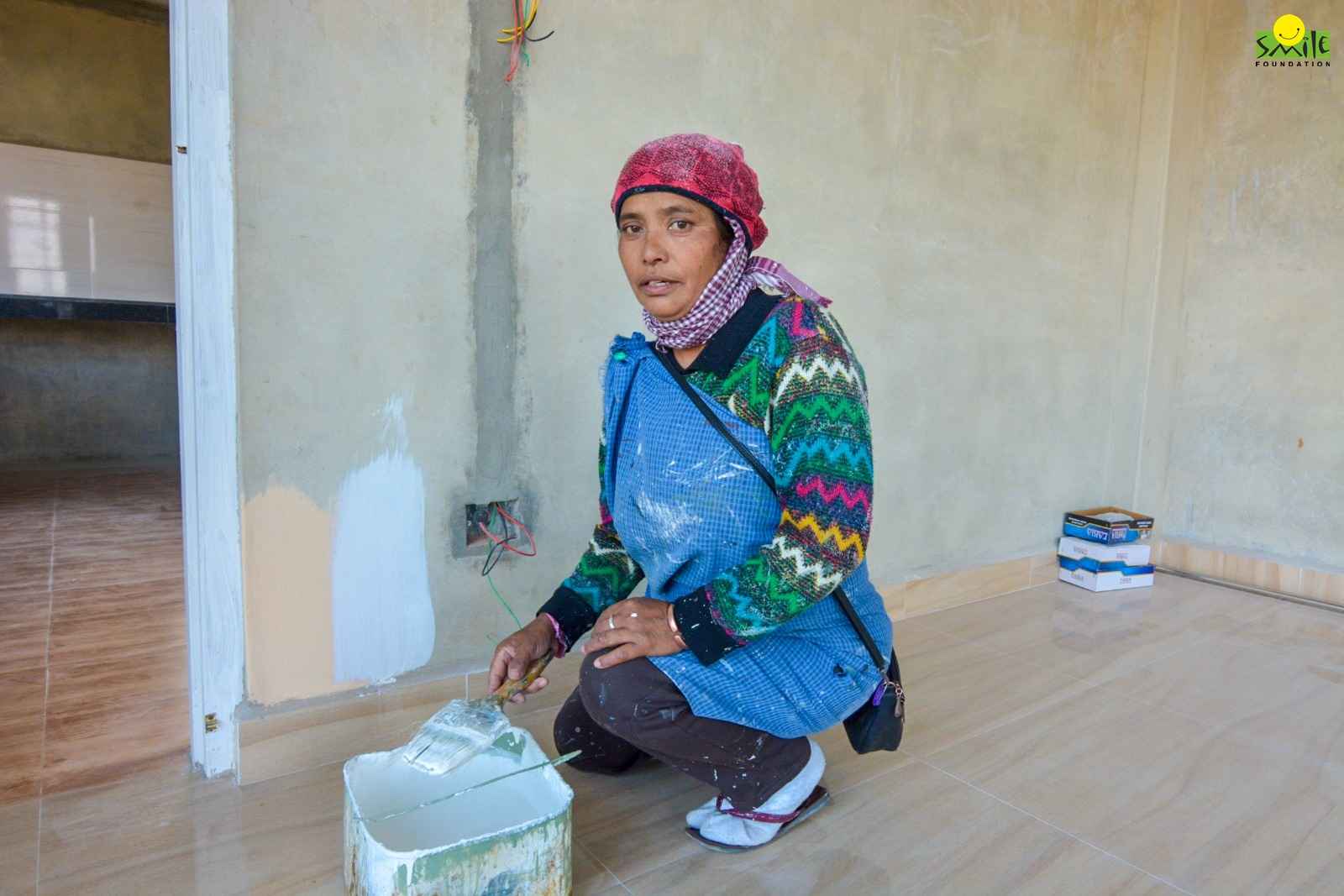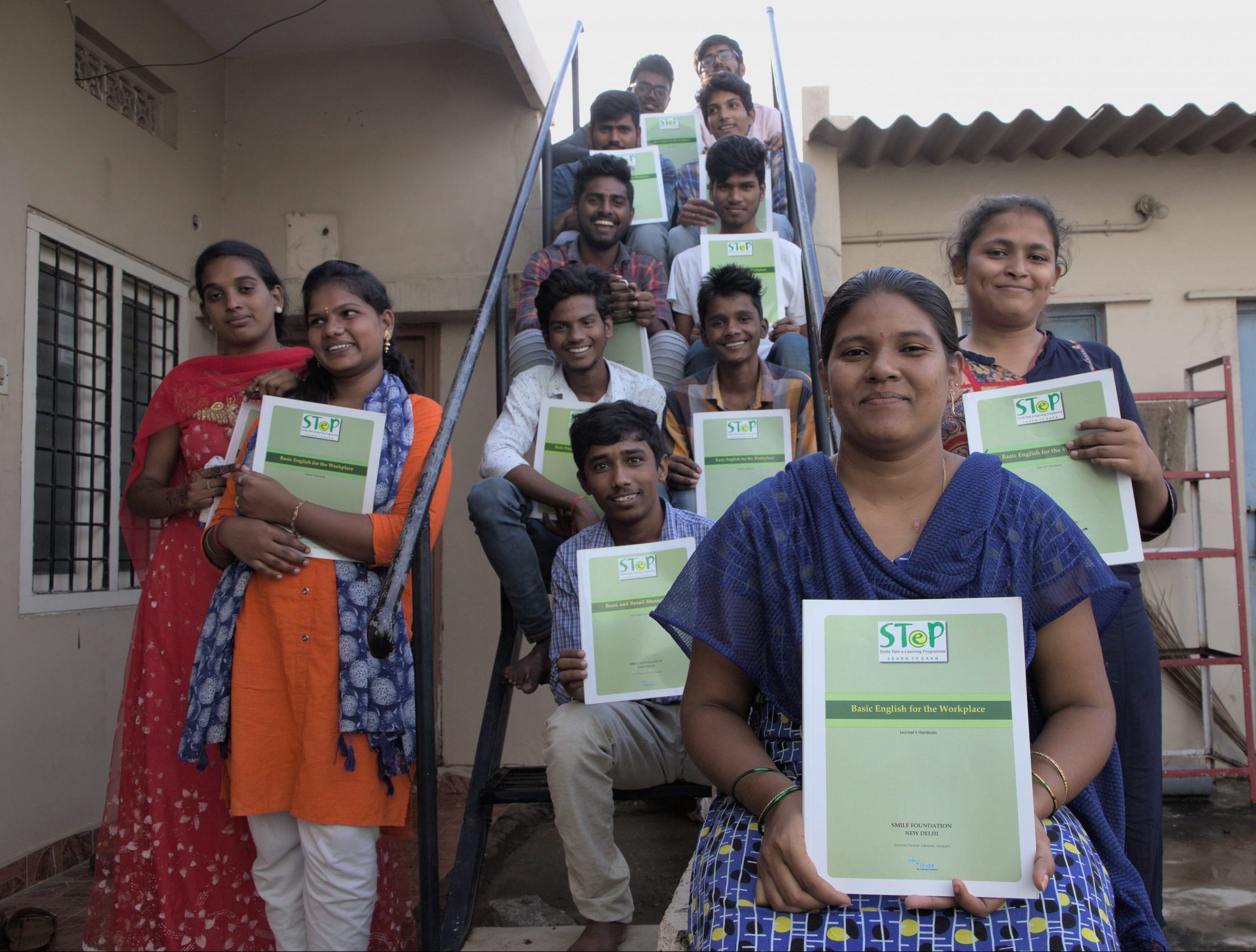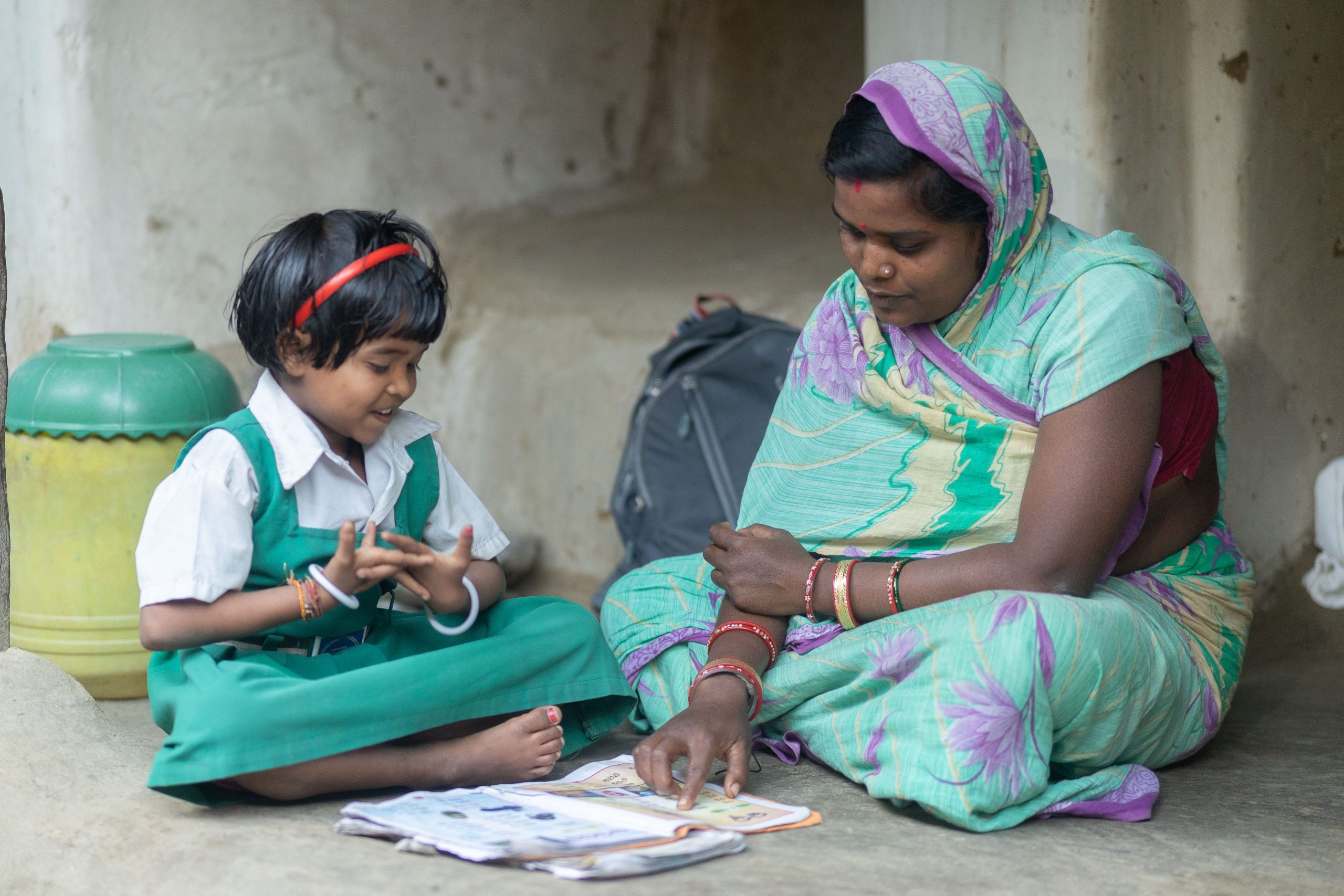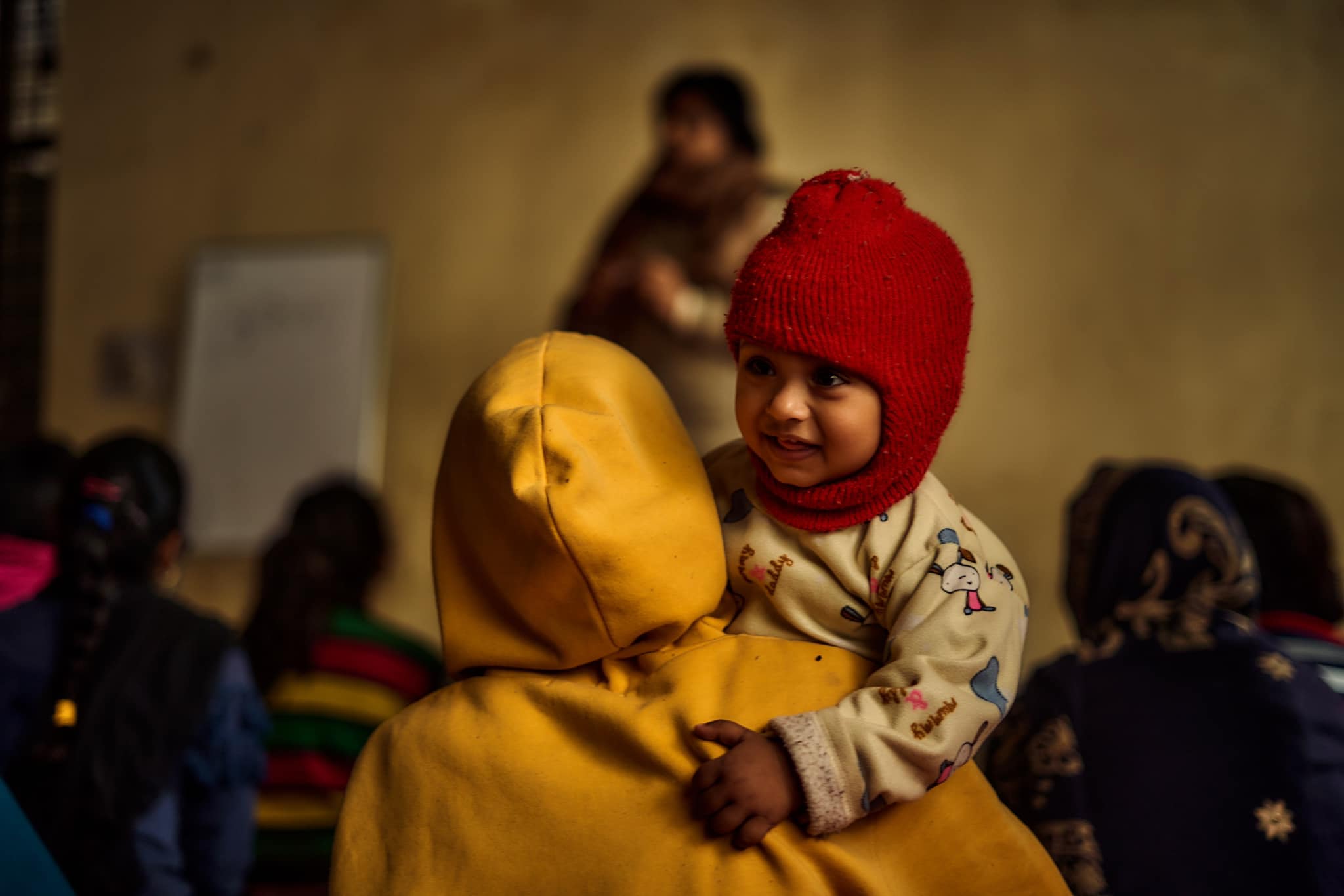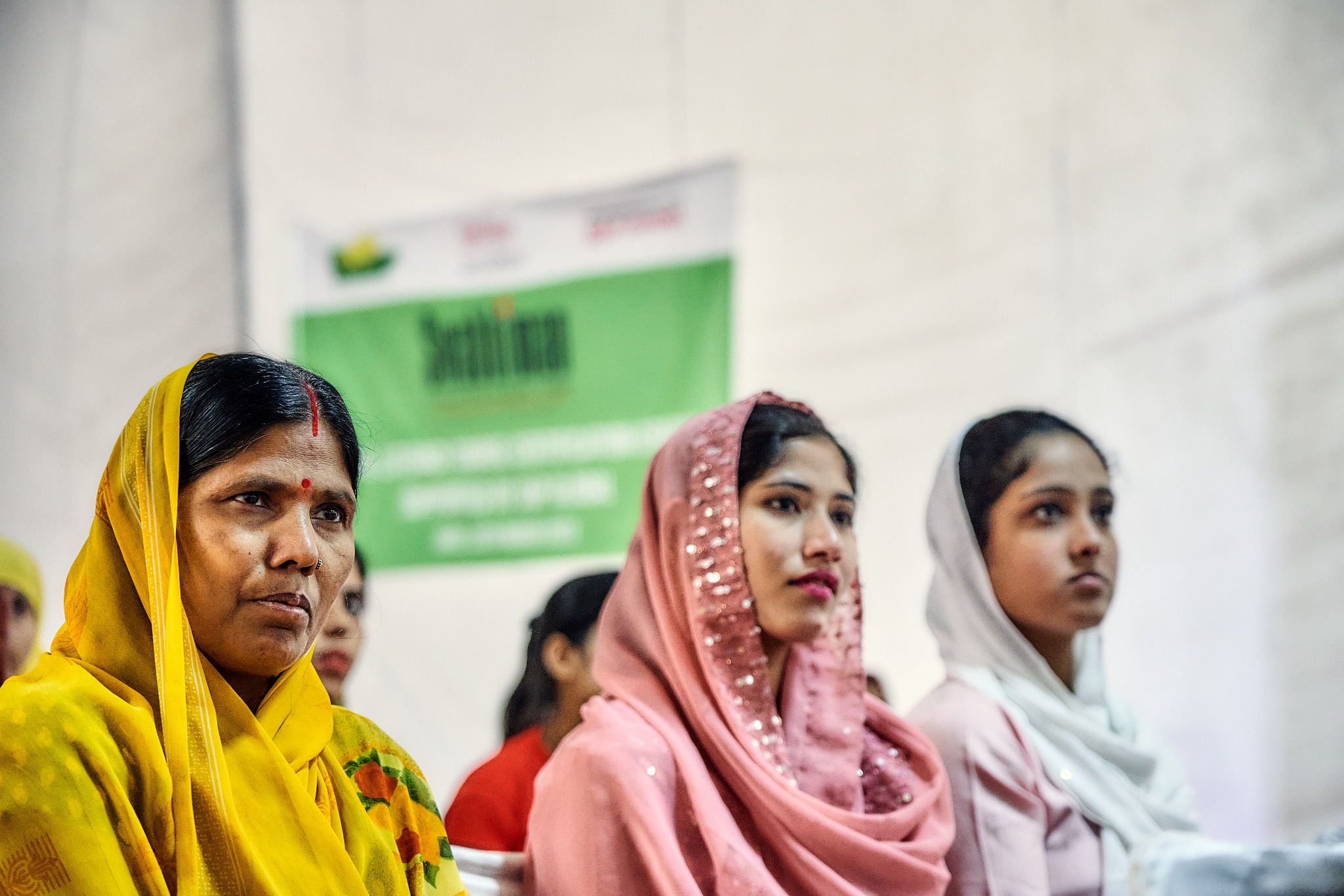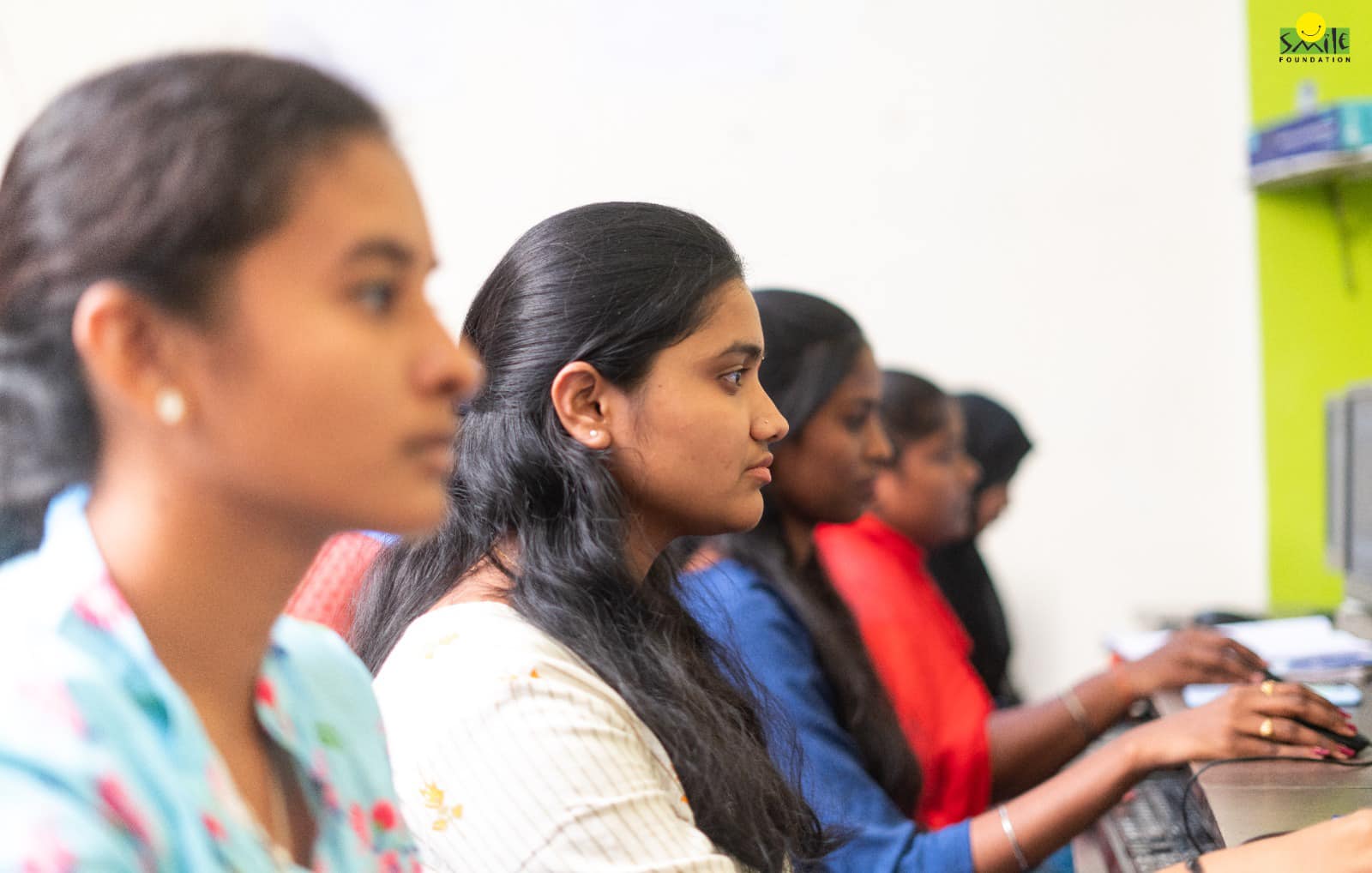When it comes to COVID-19, one of the worst impacted areas was the educational sector. Online lessons were promoted throughout the world, including India. As a result of the COVID-19 outbreak, the director of the World Bank’s Global Education Program expressed concern about its impact on children’s education and India’s rising learning poverty.
Due to a decrease in household incomes, many kids have been compelled to drop out of private schools and enroll in public schools. However, the quality discrepancies between private and public schools are significant. The pandemic further highlighted class inequalities. Smile Foundation’s Mission Education programme has been working for over a decade to reduce this gap. When you donate for education through our ‘Shiksha Na Ruke’ initiative, you ensure equity in education for all children irrespective of their socio-economic background or geographic limitations.
Learning Poverty: Definition & Post Pandemic Situation
Learning Poverty is defined as being unable to read and comprehend a short, age-appropriate text by the age of 10. According to a 2019 World Bank research, 55% of children in India were unable to read properly by the time they reach the end of primary school. The post-pandemic effects on India’s educational infrastructure have worsened as the country’s ‘learning poverty’ has increased to 70%.
Though an estimation, these figures do represent the first impressions and preliminary assessments of where the country stands in this area. The reopening of schools around the nation is one of the most pressing issues of our day. Students must be persuaded to return to school. Prioritizing catch-up learning and strengthening the fundamentals will help the students refresh their knowledge.
Other challenges adding to the Learning Poverty
Limited budget allocations and lesser emphasis on primary school education remain to be roadblocks in facilitating the necessary infrastructure, processes and capacity building of teachers to enhance the quality of education in govt. schools across the country. The poor giving culture further reduces education donation in India, making it challenging for non-profits who are dedicated to championing the cause in vulnerable and disadvantaged communities.
Smile Foundation, a non-profit organization working for education and health care, runs a national level programme called Mission Education. These include Pre-school (3-6 years), Non-Formal Education (6-14 years non-school going), Remedial Education (6-14 years school attending), and Bridge Course (14-18 years drop-outs) programmes. Drop-out children are brought back to school, smart phones and tablets are provided to underprivileged children to ensure uninterrupted learning, stationary, uniforms and necessary support are provided to underprivileged children. More than 250,000 underprivileged children have benefited directly from the Mission Education initiative since its inception in 2002. To support the programme and donate for education, please visit https://donate.smilefoundationindia.org/shiksha-na-ruke



